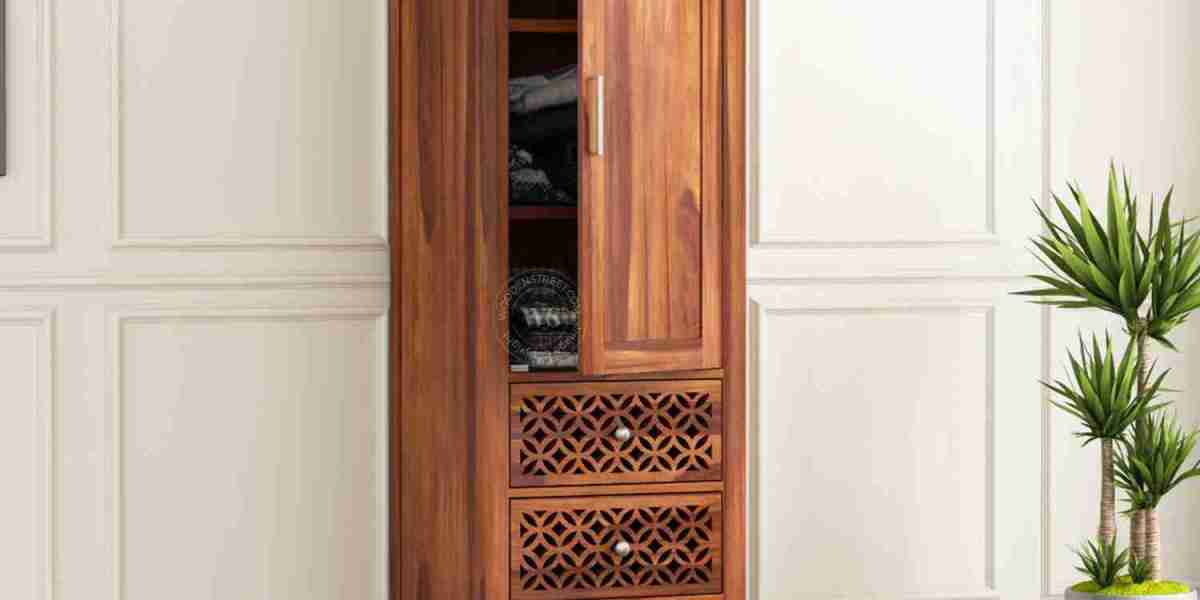While the Smart Glass Market continues to grow at a rapid pace, offering futuristic solutions in energy management, aesthetics, and automation, it also faces a set of formidable challenges that limit its widespread adoption. Among the most pressing issues are concerns related to durability, high costs, and technical limitations. These factors impact not only market penetration but also the willingness of end-users and developers to invest in smart glass technologies for commercial, residential, or industrial applications.
This article explores the core challenges confronting the market and examines how industry stakeholders can address these hurdles to unlock broader market potential.
1. Durability Concerns: Can Smart Glass Stand the Test of Time?
Smart glass is composed of sensitive materials and layered structures, such as:
Electrochromic films
Liquid crystal polymers (PDLC)
Suspended particle devices (SPD)
Thermochromic compounds
These elements are prone to wear over time, especially in demanding environments.
Common Durability Issues:
Degradation of chemical layers under prolonged exposure to UV radiation
Loss of switching efficiency after repeated usage cycles
Color non-uniformity or patchy tinting with age
Moisture infiltration, especially in high-humidity or coastal areas
For example, in tropical or desert climates, smart glass panels may degrade faster without proper sealing and material adaptation. This creates doubts among builders and homeowners about its long-term reliability.
Possible Solutions:
Development of improved coating materials with enhanced UV and humidity resistance
Investing in R&D for robust encapsulation methods
Standardized testing protocols for lifecycle and environmental performance
2. High Cost: A Barrier to Mass Adoption
Cost remains the single biggest barrier for widespread implementation of smart glass in everyday buildings and homes.
Cost Breakdown:
Raw materials and specialized films
Electronic control units
Installation and integration with smart systems
Maintenance and repairs, which require skilled labor
Compared to traditional double-glazed or energy-efficient glass, smart glass solutions are two to five times more expensive, depending on the technology and application.
Cost-Related Concerns:
Upfront investment deters residential and mid-sized commercial projects
Return on investment (ROI) takes several years through energy savings
Limited local suppliers, especially in emerging markets, increase logistics and import costs
Strategies to Overcome:
Scaling up mass production to benefit from economies of scale
Government subsidies or incentives for green buildings to offset costs
Developing modular and plug-and-play systems to reduce installation complexity
Encouraging local manufacturing to reduce import dependency
3. Technical Limitations: Functionality Still Evolving
Although smart glass is a promising innovation, it still has technical limitations that prevent it from being a perfect substitute for traditional building materials in all cases.
a. Switching Speed
Some technologies, like electrochromic glass, take 30 seconds to several minutes to transition from clear to dark or vice versa.
In fast-changing environments (e.g., vehicles or meeting rooms), this can be a disadvantage.
b. Power Dependence
Most smart glass types require constant or triggered electric current for operation.
During power outages, glass may revert to its default state (usually transparent or opaque), which may not always be desirable.
c. Limited Color and Tint Options
Most smart glass solutions offer only a limited range of tint levels or hues, restricting design flexibility for architects and interior designers.
d. Integration Complexity
Integrating smart glass into building automation systems (BAS) or IoT platforms often requires specialized knowledge and hardware compatibility.
e. Temperature Sensitivity
Some smart glass materials can become less responsive or even damaged under extreme temperatures.
4. Market Education and Training Gaps
Even when the technology is available and costs are justified, another challenge lies in the lack of skilled installers and limited awareness among:
Architects and civil engineers
Contractors and project managers
Interior designers and real estate agents
This lack of knowledge results in poor product recommendation, improper installations, and underutilization of the glass’s capabilities.
Needed Improvements:
Industry-led training programs
Inclusion in architectural and design curriculums
Demonstration projects to showcase effectiveness and educate decision-makers
5. Repair and Maintenance Complexity
Smart glass, once installed, is not as simple to repair or replace as regular glass. Common concerns include:
High cost of part replacement
Limited availability of replacement panels for specific technologies
Specialized technicians needed for troubleshooting or system recalibration
This adds a layer of uncertainty for property owners and developers, especially in remote or less developed regions.
Outlook: Turning Challenges into Opportunities
Despite the above challenges, the smart glass industry is witnessing continuous innovation aimed at addressing these issues.
Nanotechnology and new composite materials are making smart glass more durable.
Energy harvesting smart glass using embedded solar cells is being tested to address power needs.
Cost reduction is occurring through the commercialization of scalable production techniques.
Cloud-based control systems and wireless modules are simplifying integration with IoT networks.
As these improvements mature and become mainstream, the current limitations will gradually be overcome, expanding the market for smart glass to a broader user base.
Conclusion
The Smart Glass Market has proven its value in energy savings, aesthetics, and intelligent design. However, challenges related to durability, cost, and technical constraints continue to slow its widespread adoption. By tackling these head-on through innovation, training, and collaboration, the industry can unlock massive potential across residential, commercial, automotive, and industrial sectors. The future belongs to building materials that are not only smart but also robust, affordable, and user-friendly—and smart glass is poised to meet that future head-on.



![Nicholas Williams Arthuer - Rising Football Star [Guide]](https://pungi.b-cdn.net/upload/photos/2024/10/lrGodFAZOQ1RbmDvTcZH_03_a959d7c70209f51879995f19ddc7766e_image.png)
